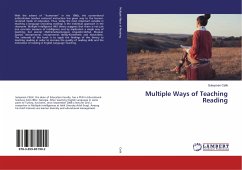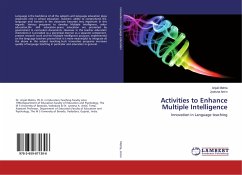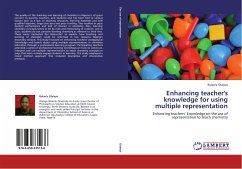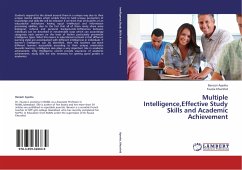With the advent of ''humanism'' in the 1960s, the conventional authoritative teacher centered instruction has given way to the learner-centered mode of education. Thus, today the most important variable in teaching a language (including reading) is the individual approach in the classroom. Multiple Intelligence (MI) theory suggests that there is not just one concrete measure of intelligence and by implication a single way of teaching, but several: Mathematical-Logical, Linguistic-Verbal, Musical, Spatial, Interpersonal, Intrapersonal, Bodily-Kinesthetic and Naturalistic. The rationale of this book is to apply the findings of this theory to teaching reading in order to increase the quality of reading skills and the motivation of reading in English Language Teaching.
Bitte wählen Sie Ihr Anliegen aus.
Rechnungen
Retourenschein anfordern
Bestellstatus
Storno








